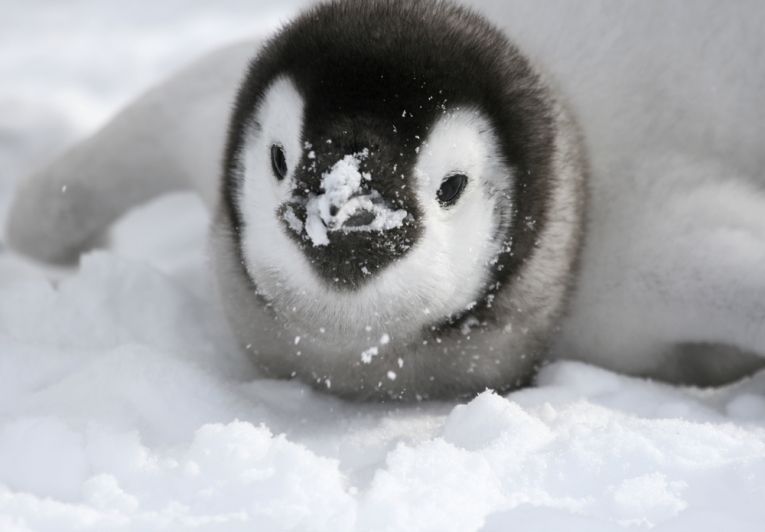Stephanie Jenouvrier and Hal Caswell of Woods Hole Oceanographic Institution and several French, Dutch and British colleagues have revealed that the emperor penguin is threatened with extinction by global warming. Climate change has caused both West Antarctica's ice shelves and the even bigger eastern shelves to be weakened and liable to complete meltdown over time. Species distribution often relies on the food source and the Antarctic krill are also disappearing fast. The top predator over much of the cold seas is the giant bird, which suffers from the lack of fish stocks, themselves dependent on the krill.
Fishing in the region is also heavily industrialised, reducing fish populations to at least the same extent as the depreciating food chains. Why leave food for this particular penguin? Because the species is simply so well adapted to freezing, surviving and adapting to its amazing niche! If we lose the "march of the penguins," what else are we willing to give up, simply to exploit the empty continent? Details of the complex projections of penguin populations are in Nature: Climate Change - Projected continent-wide declines of the emperor penguin under climate change
Aptenodytes forsteripopulation change, alongside the IPCC's climate modelling form a convincing picture of 45 emperor colonies' future. Sea ice will decline, as it is now, until, by 2100, the penguin decline will reach the 50% level for two thirds of the colonies. Unexciting figures to us perhaps, but that rate of decline means that we must act to prevent the risk of extinction. Any conserved animal must be judged on its population dynamics. You might remember that sole chick, almost attached to its father's feet for the extreme winter. This is one species that cannot recover from population loss without a lot of time to catch up. Breeding for these big birds is a slow and hazardous process. The projection is that they will lose 3.2% of their total population each year.
The Weddell Sea area and the western Indian Ocean section of Antarctica form the most risky areas, especially for 9 colonies. Recently colonies have been observed climbing ice cliffs and moving colonies, but that strategy is a new one and even more hazardous to a population than their ice-defying winter. Ironically, the warming of their environment is possibly another threat to many penguin species. Whatever the reason, this survey suggests that all emperor colonies, over the whole continent, will be affected. This informative figure from the paper puts it all in an "eggshell!"










